Hey friends,
Ever since I’ve started talking more about CBD here on the blog and on instagram, I’ve gotten the same questions over and over — what brands do I like, and what are the CBD dosing guidelines?
Before we get started, please check out the Healthy Crush medical disclaimer. This is a personal blog, intended to share information and resources – not to be taken as medical advice.
You probably know by now that my favorite CBD brand is Supherbals — I know them personally, I order from them again and again, and I’m really impressed by their dedication to making the highest quality CBD products possible, and their celebration of the cannabis plant. As the co-founder of the company, Greg Prasker, says: “the cannabis plant demands respect!” I couldn’t agree more. Check out their site to order CBD online, and use code JENNY15 for a discount.
If you’re not familiar with why I got interested in CBD, you can read about that here:
Healthy Crush: Let’s Talk About Cannabis
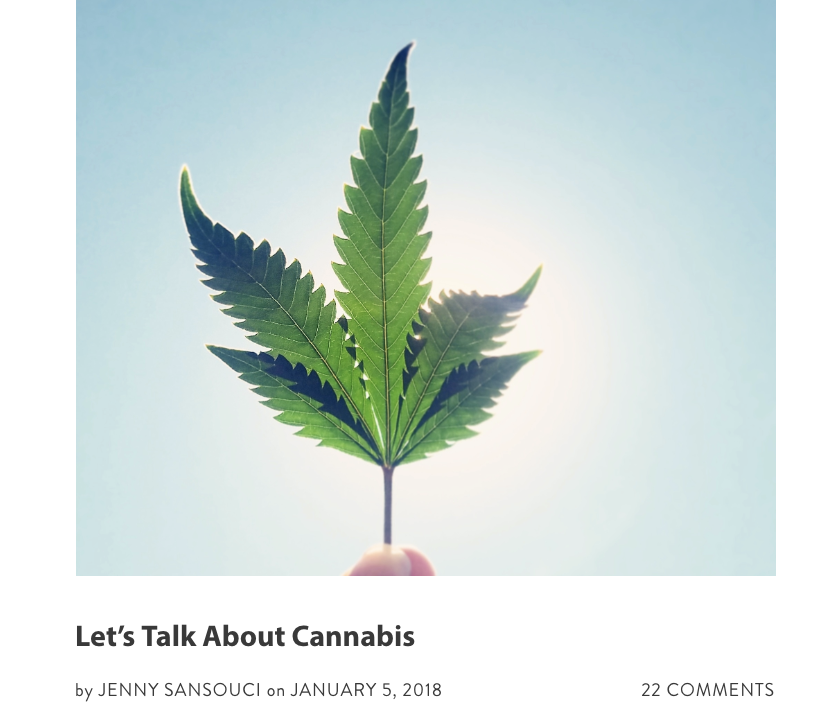
6 Month Update: Dad’s Pancreatic Cancer Journey
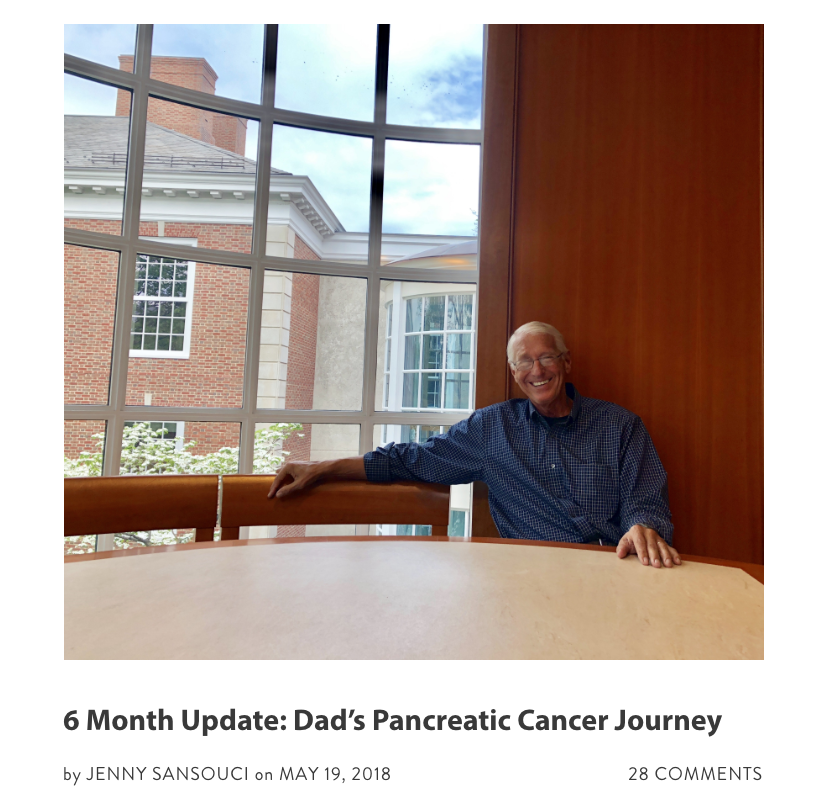
What is CBD?
CBD, or cannabidiol, is a non-psychoactive compound found in cannabis. It’s one of over 100 chemical compounds called “cannabinoids,” found in various breeds of cannabis plants. THC (the psychoactive compound that makes you feel high) and CBD (non-psychoactive and considered to be therapeutic) are 2 of the most widely used cannabinoids.
Cannabinoids from cannabis bind to receptors in our body’s endocannabinoid system to produce therapeutic effects.
What is the Endocannabinoid System?
The endocannabinoid system in our body (just discovered in the 1990s) contains cannabinoid receptors, or “locks,” and cannabinoids are the “keys.” Cannabinoid receptors are found in the immune system, the central nervous system, the brain, organs, connective tissue, and glands. Our body produces endocannabinoids, and the cannabis plant produces similar compounds called phytocannabinoids.
The endocannabinoid system maintains and restores balance and homeostasis in the body and can affect inflammation, pain, mood, energy, brain health, the nervous system, hormone balance, sleep, disease and more.

Sources:
CW Hemp: Endocannabinoid System
Book: CBD by Leonard Leinow
CannaInsider: The Body’s Endocannabinoid System
What is the difference between CBD from marijuana and CBD from hemp?
Hemp and marijuana are 2 different plants within the cannabis family. CBD from hemp (which contains .3% THC or less) is currently being sold in many US stores and online. CBD from the marijuana plant (often formulated with higher levels of THC) can only be purchased at dispensaries in states with medical or recreational legal use. The CBD molecule is virtually identical from each plant, but some report more significant effects from marijuana-derived CBD vs. hemp-derived CBD (as the marijuana plant often contains higher levels of other cannabinoids, contributing to the “entourage effect” — the presence of more cannabinoids strengthens the effect of the others).
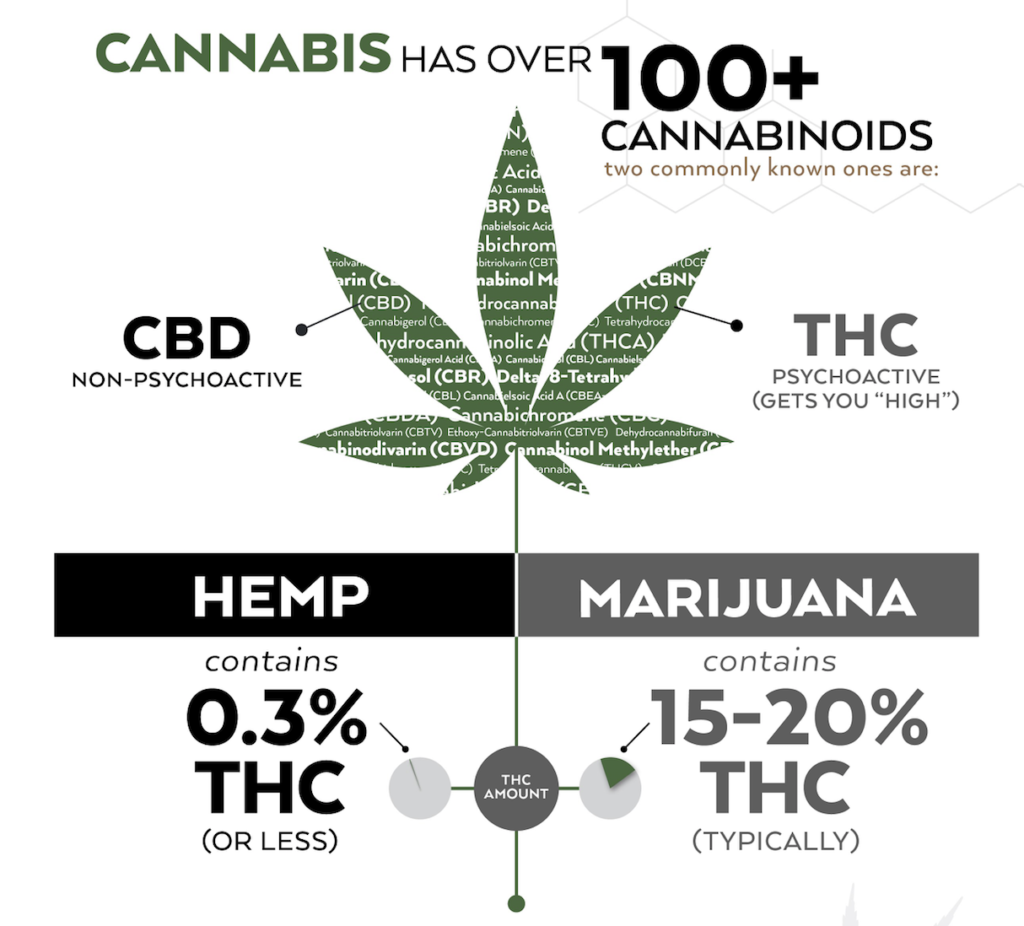
What are the main reasons people use CBD?
I got this image from Vital Leaf, and I love it. They put it together based on a study by HelloMD and Brightfield on CBD Usage (link opens a pdf), which is a very cool and interesting read.

According to the study, the top reasons people use CBD are: anxiety, insomnia, inflammation, depression, tension, headaches, and pain.
So, how much CBD should you start with?
The first thing to remember is that the ideal CBD dosage will differ for everyone, there’s no “one size fits all” type of scenario here. So if you’re curious about CBD, you’ll have to experiment a little bit. (Disclaimer, I’m not a doctor – so don’t take any of this as a personal recommendation, please! This is for informational purposes only.)
I asked my friend Greg from Supherbals to weigh in on this, and here’s his answer:
“When it comes to dosing, everyone is different. Some people could take 15 mg a day and be totally fine, some people may need 50 mg for more severe conditions. With our CBD, we usually suggest people start with 20-25 mg and see how they feel. That may be enough, but they may need more. You start somewhere, and you add more, and you find out what works for you. A lot of people say, ‘yeah, I take CBD but I don’t know if it’s working.’ If you’re taking our CBD, you’ll know it’s working. The fact is, if you’re taking CBD, you should absolutely know…this is working.”
That quote is exactly why it’s important to start low, and experiment with how your body reacts. CBD dosing is not a “more is better” situation. In fact, you’re looking for the minimum effective dose of CBD for your condition, because some people actually report the opposite of their desired effect when they take too high of a dose (i.e. feeling wired instead of sleepy, or feeling more anxious instead of less).
According to Charlotte’s Web (another great CBD brand – I love their mint chocolate flavor):
- Take the product consistently, every day.
- Notice the time of day.
- Consider your setting. Do what you can to be in a relaxed place, for better observation of your personal health response.
- And remember, if you “don’t feel anything,” don’t feel frustrated. This just means that you haven’t found your ideal concentration level yet.
I put together a CBD dosing chart with information from the book CBD: A Patient’s Guide To Medical Cannabis (which is an incredible read, by the way). If you really want to learn everything you need to know about CBD, read this book. It’s a gold mine.
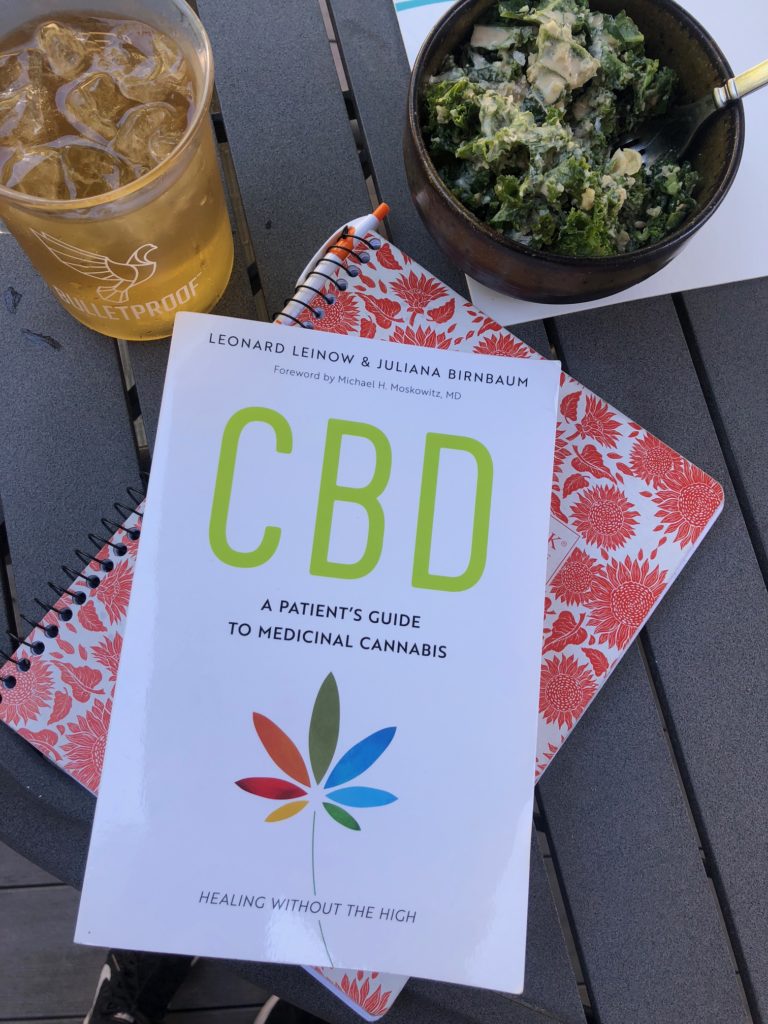
It’s very important when it comes to experimenting with cannabis products to remember the mantra, “start low, and go slow.” If you’re just starting out with CBD, start with the lowest dosage in your weight range for the condition you’re hoping to alleviate.
Take the smallest dose for a few days and see if it helps with what you’re looking for. If you don’t feel a difference, move up to a higher dose, and take that for a few days. Keep a record of how much you’re taking, and notice when you hit the “sweet spot” where the dose really works for you.
These are the dosing ranges based on body weight only. These are DAILY doses (i.e. the total mg of CBD you will take throughout the day — either in one dose, or dosed throughout the day, depending on what condition you’re treating).
Please keep in mind there are many things besides body weight that contribute to the ideal dosing for CBD — the most important factor being your personal sensitivity to the cannabis plant, which you’ll need to experiment with to figure out.
This CBD dosing guide is separated into 3 categories of doses — a micro dose of CBD, a standard dose of CBD, and a macro dose of CBD.
From the book CBD: A Patient’s Guide To Medical Cannabis.
These are very general guidelines – everyone is different! Please consult your medical provider before starting any CBD regimen.
CBD DOSING CHART (by body weight)
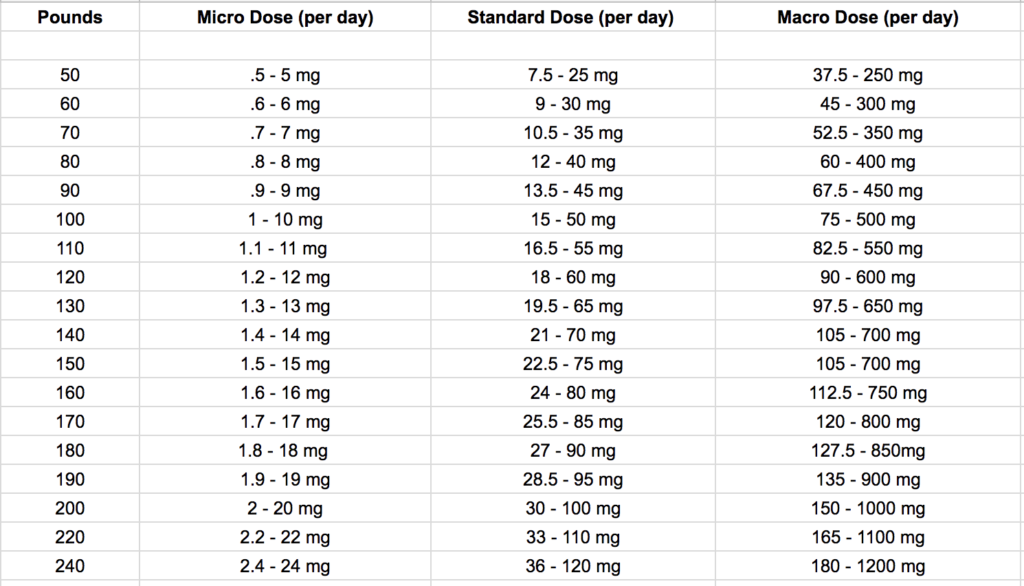
Micro dose:
Micro doses of CBD are often used for sleep, headaches, mood, nausea, PTSD, and stress.
Standard dose:
Standard doses of CBD are often used for pain, inflammation, autoimmune disorders, lyme disease, anxiety, depression, arthritis, fibromyalgia, multiple sclerosis, IBS, autism, and weight loss.
Macro dose:
Macro doses of CBD are often used for cancer, epilepsy, seizure disorders, liver disease, and other severe conditions.
How do you know how much CBD you’re taking?
Most CBD products should tell you the total mg of CBD in the entire product, as well as how many mg of CBD are in a dose.
With tinctures, for instance:
Let’s say you have a bottle of CBD oil that has 850mg of CBD total (in the whole bottle), like the one from Supherbals.
If the bottle is a 30ml bottle, and 1 dropperful is equal to 1 ml, 850mg total divided by 30ml means each dropperful would have 28mg of CBD in it.
So if you want to take about 15mg of CBD, which is on the higher end of micro-dose for a 150lb person, you’d take 1/2 a dropperful of that particular tincture and see how you feel.
Most tinctures that you purchase will tell you on the label how many mg of CBD are in 1 serving, dropperful, or number of drops — so you can carefully measure out your dosage. Every one is different, so check your labels and contact the company if you aren’t sure!
If you are taking capsules, the bottle should clearly tell you how many mg of CBD are in 1 capsule.
With vaping, it’s a bit more difficult to say, but from what I hear, you generally get about 1-2mg of CBD per “pull” (or inhalation) from the vape – but this varies, so check your product.
If you’re eating CBD edibles, like chocolates, they’ll usually tell you how many mg of CBD are in one square of chocolate (5 or 10mg per serving, for instance).
My experience with CBD dosing:
The first time I tried CBD oil, I took only about 10mg in the form of a tincture before bed — and I was amazed by how deep my sleep was. I had been having a hard time sleeping for awhile, and it made a huge difference for me. Since then, I take anywhere from 10-30mg for sleep, anxiety, or just to chill out or take the edge off. So somewhere in the micro to standard dose range for a 125lb person usually works well for me.
When my dad started taking CBD, he was taking 2 30mg capsules per day (so 60mg total), which is in the standard dose range for a 200lb person, and he noticed almost immediately that his joint pain had completely gone away when walking up the stairs!
Methods of CBD Delivery (a few examples):
Inhalation: vaporizer. Onset: immediate. Duration: 2-4 hours.
Ingestion: edible, in food or liquid. Onset: 30 mins – 2 hours. Duration: 6-8 hours.
Oral: tincture, under tongue. Onset: 15-60 mins. Duration: 4-6 hours.
Topical: Balm, lotion. Applied to skin (local pain relief). Onset: 15 mins. Duration: 2-4 hours.
Transdermal: Patch. Onset: 15 mins. Duration: 12 hours.
Buy my favorite CBD tinctures, vapes, and roll-ons here and use discount code JENNY15.
Source: CBD: A Patient’s Guide To Medical Cannabis
Is CBD Legal?
Legality of Cannabis by US State
As far as CBD goes, it’s currently in a legal gray area.
From Wikipedia:
Cannabidiol (CBD) cannot legally be prescribed (as with whole-plant cannabis), due to the fact that the Drug Enforcement Administration considers it a Schedule I drug. Despite this classification, a number of online retailers sell CBD products to all 50 states, claiming such products are derived from industrial hemp plants and therefore legal. The federal government has so far not taken action against these retailers.
Even though the CBD laws are hazy right now, times are changing fast. There are a few bills that have been introduced to not only fully legalize CBD, but to de-schedule marijuana so it would no longer be considered a Schedule 1 drug.
From Ministry of Hemp: 2018 Farm Bill Could Fully Legalize Industrial Hemp In USA
This is fuel for another blog post, but if you’re interested in cannabis legalization activism, please read my instagram post about some of the cannabis legalization issues and organizations to support:
Brands of CBD I Use:
There are the 3 brands I order over and over.
SUPHERBALS: I take 10-20mg of the Supherbals tincture before bed and it really helps me with sleep! I always have it on hand. I also buy their mint CBD roll-on for menstrual cramps, and I have the CBD vape which I’m just getting started with. Use coupon code JENNY15 at checkout for a discount.
CW HEMP: I add a few drops of their Mint Chocolate Advanced CBD oil to my coffee in the mornings, which adds an incredible flavor to coffee and takes the edge off. It really balances out my coffee drinking experience…I love it.
WILDFLOWER: These are the capsules my dad takes every day (he takes 2/day). If you prefer to take capsules, these ones are legit. I love this company, too!
More Info:
Ministry of Hemp: 5 Ways To Identify High Quality CBD Oil
Healthy Crush: Cancer Resources + Guide To Managing Chemo Side Effects
Ok, THAT WAS A LOT. What other questions do you guys have!? What has your experience been like with CBD dosing?
Big green love,
Jenny
Interested in a career in wellness? Check out my Wellness Career FAQ guide.

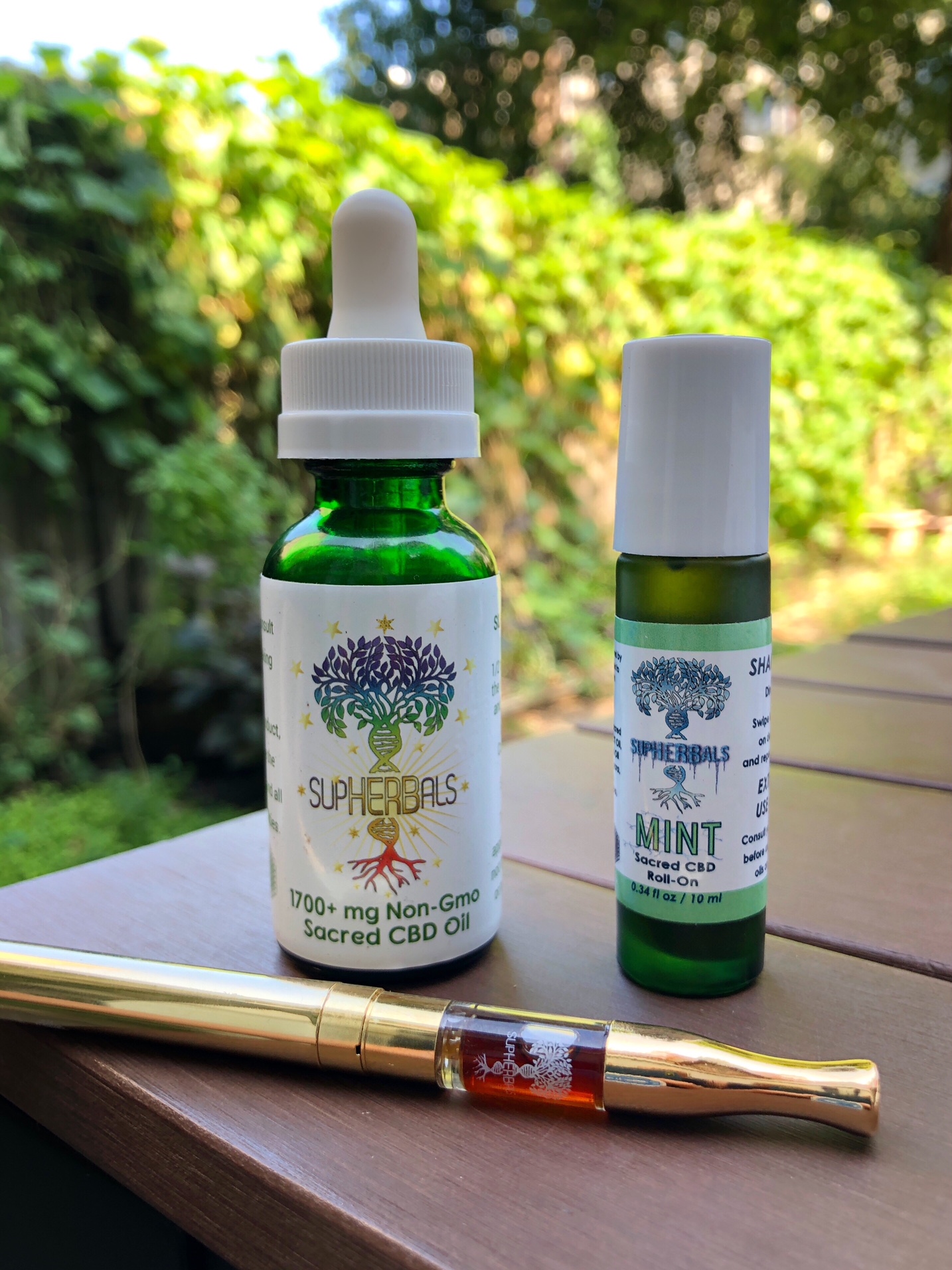
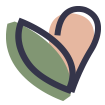
Jenny says
Thanks for the information- super helpful! I just started taking CBD oil and I’m trying to gather as much information as I can!
Jenny Sansouci says
Awesome, I hope this helps! Enjoy!